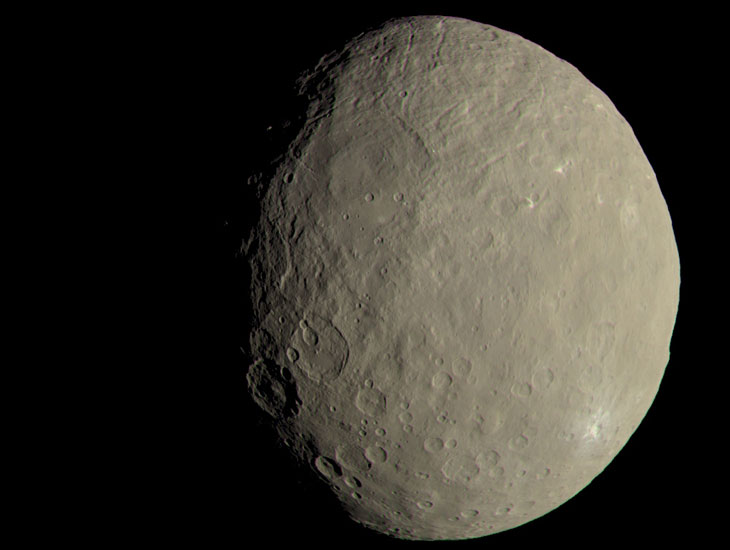Here’s what you might have missed in space this year
Preoccupied by the eclipse? Space missions delivered plenty of discoveries in 2017
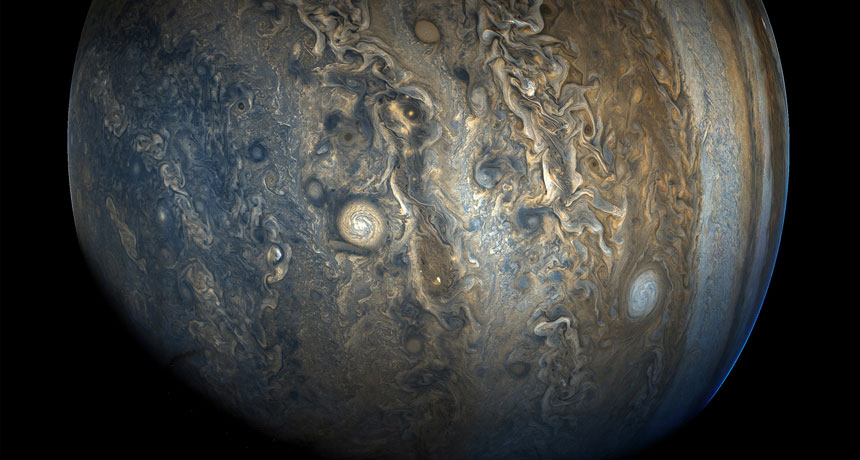
ZOOM IN Juno made a handful of science flybys this year, collecting data on Jupiter’s atmosphere and capturing stunning closeup images of the planet (southern hemisphere shown here). And 2017 had plenty of other not-to-miss updates from big missions.
JPL-Caltech/NASA, SwRI, MSSS, Gerald Eichstädt, Seán Doran
- More than 2 years ago
Missions to Jupiter and Saturn made big headlines this year, offering closeup views of the two gas giants. 2017 had plenty of other updates from exciting missions of years past.
Juno
The Juno spacecraft has kept a watchful eye on Jupiter since entering the gas giant’s orbit in 2016. This year, Juno had seven planned science flybys of the planet, giving researchers a first intimate look at the Great Red Spot (SN Online: 7/7/17) and revealing surprising details about the planet’s interior.
Measurements of Jovian gravity suggest that Jupiter’s core is large and diffuse, and microwave views show that ammonia wells up to the cloud tops from deep in the atmosphere (SN: 6/24/17, p.14). But scientists aren’t having all the fun. The public is helping decide where to point a color camera aboard the spacecraft, to learn about the planet’s cloud structures and dynamics, among other things (SN Online: 2/17/17).
Juno will continue collecting data from Jupiter through at least July 2018.
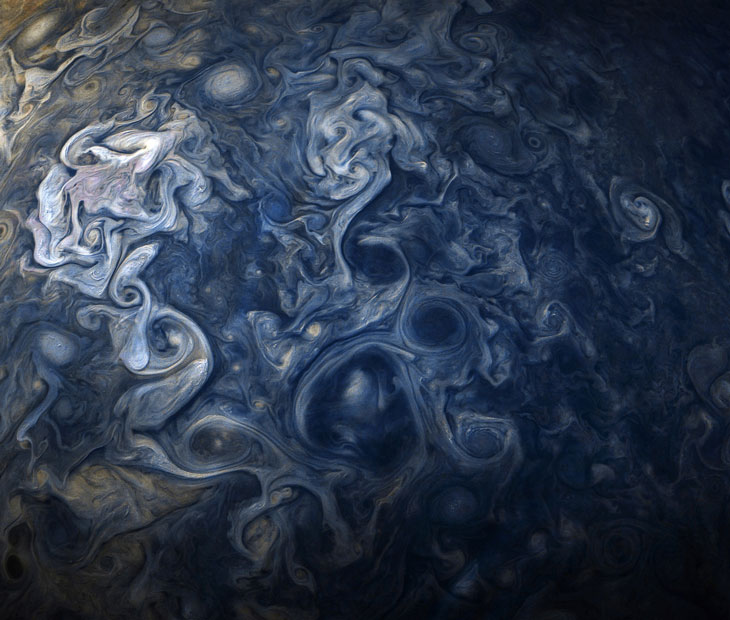
Cassini
After 20 years in space, 13 in orbit around Saturn (SN: 9/2/17, p. 16), Cassini went out in a blaze on September 15. The spacecraft burned up like a comet in the planet’s atmosphere — but not before sending back unprecedented observations (SN Online: 9/15/17).
In the months before its death dive, Cassini looped between Saturn and its innermost ring. Data from this unexplored zone will help researchers better define the length of a Saturnian day and learn what the rings are made of and how they formed.
Earlier this year, Cassini snapped the closest-ever views of Saturn’s atmosphere (SN Online: 4/27/17) and revealed that Pan, a tiny moon that orbits amid Saturn’s rings, has a ridge around its equator, making it look like a ravioli (SN: 4/15/17, p. 10). Simulations suggest that bubbling nitrogen may be the source of a blinking bright spot, or “magic island,” that Cassini spotted in the hydrocarbon sea Ligeia Mare on the moon Titan (SN: 5/13/17, p. 17). And data published this year from a 2015 dive through plumes from Enceladus indicate that the icy moon harbors molecular hydrogen — a gas that on Earth serves as food for some microbes (SN: 5/13/17, p. 6).
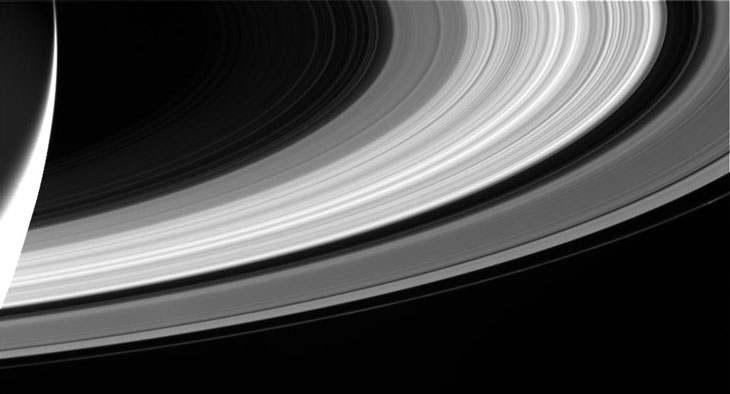
Curiosity
The Mars rover celebrated its fifth year exploring the Red Planet in 2017, and is set to continue its run at least through September 2018.
While rolling around Mount Sharp, which stands more than 5 kilometers tall at the center of Mars’ Gale crater, the robot will sample new rock layers dominated by hematite and clay, as well as one with a lot of sulfate salts. Those sediments may provide answers to scientists’ burning questions, including how Mars transitioned from a wet, warm world to what we see today, and whether the planet possesses the chemical building blocks for life (SN Online: 8/4/17).
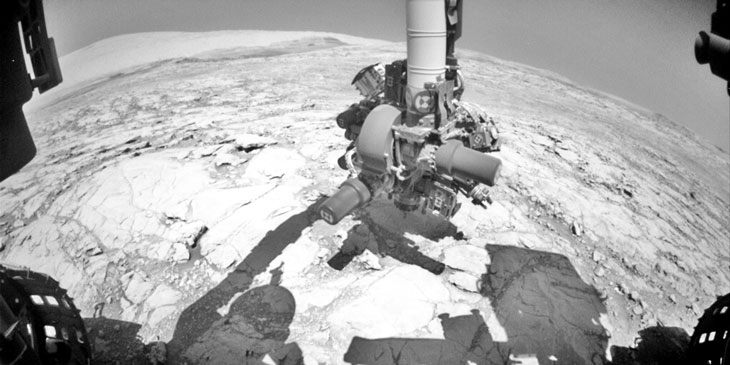
New Horizons
New Horizons had its 15 minutes of fame in 2015 when it whizzed past Pluto, but the spacecraft still has more to offer. In 2017, researchers studying New Horizons’ images of Pluto’s hazy silhouette alongside simulations suggested that solid particles in the dwarf planet’s atmosphere could be to blame for the unexpectedly cold conditions (SN: 12/9/17, p. 18). And a splotchy surface complexion is due to periodic collapse of Pluto’s atmosphere (SN: 4/15/17, p. 14). Unlike its planetary neighbors, Pluto definitely does not have rings, mission scientists reported (SN: 10/28/17, p. 15).
New Horizons is set to arrive at its next target — an odd Kuiper Belt object dubbed 2014 MU69 — in January 2019. Earlier this year, Earth-based telescopes caught the object, roughly 6.5 billion kilometers away, eclipsing a star (SN Online: 7/20/17).
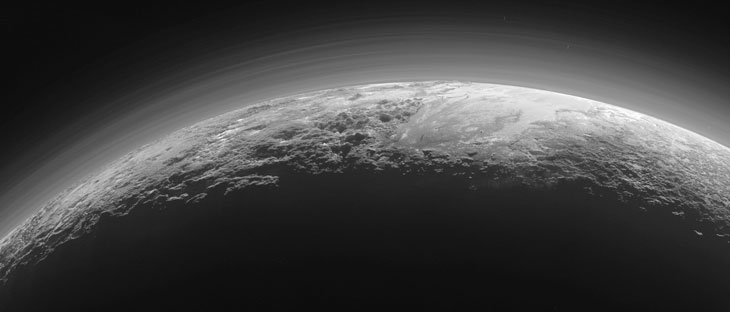
OSIRIS-REx
The spacecraft, which launched in 2016, swung back by Earth on September 22 for a quick gravity assist on its way to Bennu, a carbon-rich asteroid that comes within about 300,000 kilometers of Earth every six years (SN Online: 9/8/16). OSIRIS-REx flew within about 17,000 kilometers above Antarctica, using Earth’s gravity to slingshot itself toward the asteroid.
The craft is slated to reach Bennu on August 17, 2018, where it will orbit the asteroid for about 2½ years, making observations and using a robotic arm to collect a rock sample before journeying home. Researchers hope to analyze the sample to learn more about the early solar system.
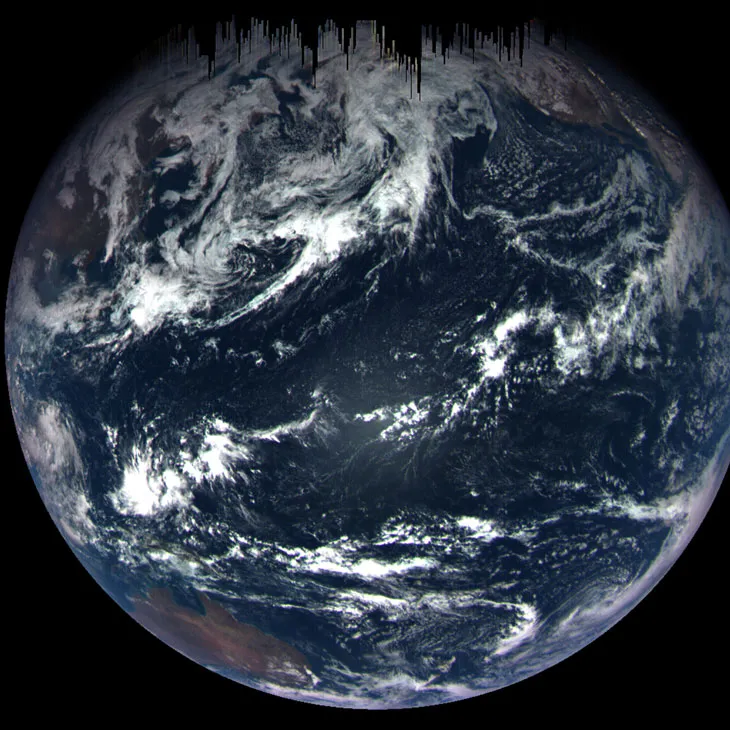
Dawn
Orbiting Ceres since 2015, the Dawn spacecraft picked up hints of organic material on the dwarf planet’s surface, researchers reported in February — a sign that Ceres may have once had a habitable environment. The evidence came in the form of a pattern of absorbed and reflected light consistent with organics. But without a sample from the surface, researchers can’t definitively identify the organic material or say how it formed (SN: 3/18/17, p. 8).
In October, NASA extended Dawn’s mission indefinitely. In stable orbit around Ceres, Dawn will continue circling even after it runs out of fuel late next year (SN Online: 10/20/17).
